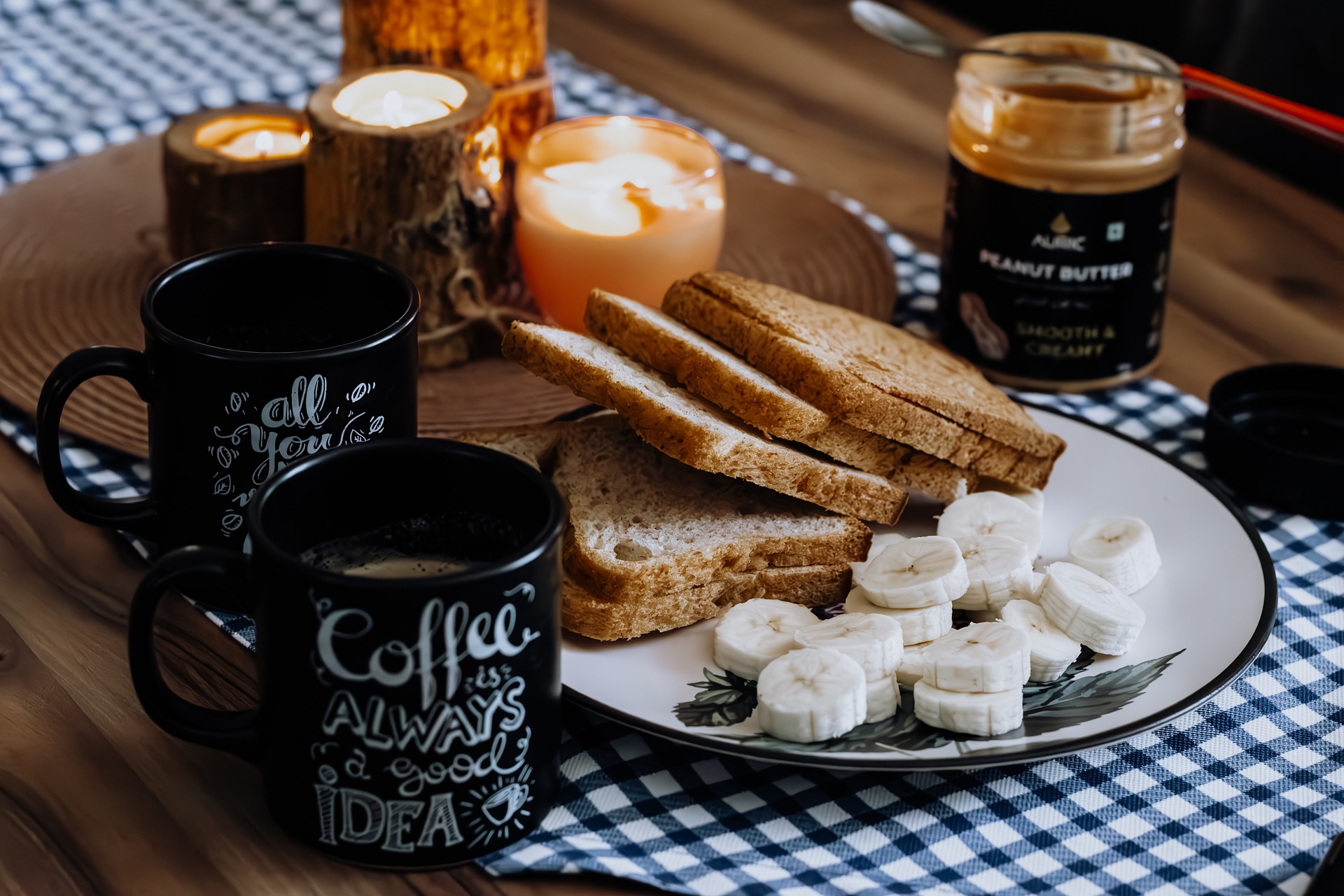Unraveling the Mystique of Indonesian Cuisine: A Gastronomic Adventure
Indonesian cuisine is a hidden treasure, a gastronomic tapestry woven from an array of flavors, textures, and techniques. This culinary journey will introduce you to this exotic cuisine's vibrant tastes, innovative cooking methods, and the unique cultural traditions that shape it.
The Spice Island’s Culinary Tapestry
The archipelago of Indonesia, known as the Spice Islands, offers a rich culinary landscape. Its cuisine is steeped in a history of trade and colonization, blending indigenous techniques with foreign influences. The result is a unique fusion of flavors, from the sweet and spicy to the bold and tangy.
Street Food: A Taste of Indonesia’s Soul
Indonesia’s street food scene is a culinary adventure in itself. A stroll down the bustling streets reveals an array of dishes, from sizzling satay skewers to fragrant nasi goreng. Street vendors, or ‘warungs’, are the custodians of traditional Indonesian recipes, serving up authentic tastes that delight the senses.
Rendang: A Labor of Love
Rendang, a slow-cooked beef dish simmered in coconut milk and spice, is a testament to Indonesian culinary prowess. This dish, recognized by CNN as one of the world’s most delicious foods, showcases Indonesia’s mastery of slow-cooking techniques and its innovative use of spices.
The Art of Sambal: More Than Just a Condiment
Sambal, a fiery chili paste, is a staple of Indonesian cuisine. Each region has its variant, reflecting the country’s culinary diversity. While it’s a condiment, sambal is also a symbol of Indonesia’s culinary inventiveness, transforming simple ingredients into a flavor bomb.
Indonesia’s Beverage Scene: From Jamu to Kopi Luwak
Indonesia’s drink culture is as diverse as its food. Jamu, a traditional herbal drink, shows the nation’s age-old wisdom in harnessing nature’s bounty. Meanwhile, kopi luwak, the world’s most expensive coffee, adds a touch of luxury to the Indonesian food scene.
-
Jamu is a traditional Indonesian herbal drink made from natural ingredients like turmeric, ginger, and honey. It’s believed to have healing properties.
-
Kopi Luwak is considered the world’s most expensive coffee. It’s made from beans eaten and excreted by a civet, a small mammal native to Indonesia.
In conclusion, Indonesian cuisine is a culinary odyssey that takes you beyond taste, delving into a rich cultural tapestry. It’s a celebration of diversity, creativity, and the nation’s love for good food. This exploration of Indonesian cuisine barely scratches the surface. The true adventure lies in experiencing it first-hand, one tantalizing bite at a time.






